00: 599
01: 298
02: 738
03: 598
04: 297
05: 395
06: 730
07: 825
08: 597
09: 295
10: 717
11: 597
12: 196
13: 397
14: 592
15: 393
16: 600
17: 598
18: 902
19: 598
20: 196
21: 398
22: 594
23: 397
24: 600
25: 593
26: 196
27: 393
28: 595
29: 604
30: 593
31: 717
32: 598
33: 196
34: 398
35: 594
36: 397
37: 600
38: 000
91: 005
92: 000 // DAT 000
93: 000 // Counter
94: 002 // DAT 002
96: 001 // DAT 001 - plus 1
97: 002 // DAT 002 - dividor
98: 002 // DAT 001 - incrementor
99: 050 // DAT 10 - max
Hi guys,
I have a code to find the prime numbers between 1-100, but I'm struggling to recreate this into a program that finds only those between user input.
I had a plan to subtract one number from another, and then to divide that number by 2, 3, 4 and 5.
Do you guys have any advice how to go about this? I apologize for the lack of comments.
